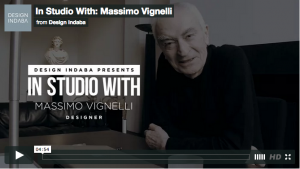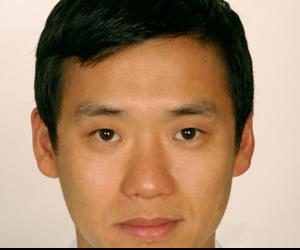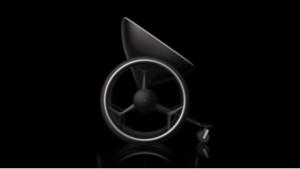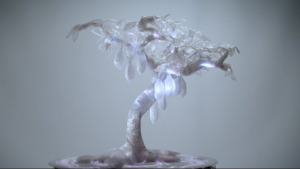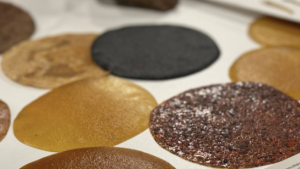From the Series
Step into Ji Lee’s downtown apartment a space filled with trinkets, art and plants. Here he has created a sanctuary to work on his personal projects.
Lee who previously worked as creative director at Google Creative Lab and now works as a communication designer at Facebook, also produces personal projects.
“My work tends to be very simple. I like to work with concepts and aesthetics are there to support. I like to work with wit and humour because it connects to people universally,” Lee. “There is also a certain amount of subversion in my work. I like to challenge things or change meanings.”
His subversive tendencies can be see in projects like Clownify that saw him print a thousand stickers that looked like red clown noses and placed them on ads on the streets of New York instantly turning this visual clutter into a fun parody.
Lee, who was born in Seoul, Korea and raised in São Paulo, Brazil, thinks his background of coming from different countries and cultures and having to learn a new language had an influence on the types and style of his work that he does: "I had to come up with simpler and more efficient ways to communicate with people. A lot of my work tends to be simple, visual and universal.”
He believes that there should be a balance between professional work and personal work: “Doing personal projects is a way for me to find my own path though personal creative expression. My personal projects often end up helping my professional work. These two worlds can not only coexist but also fuel and help each other.”
Creativity is not defined by the profession or the nature of the work you do. Creativity is what defines us human – the capacity to see things with different eyes and from different perspectives, he concludes.

